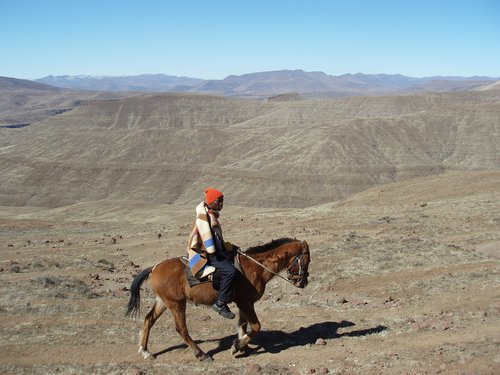This research works toward developing a landscape history of water in Lesotho. Urban growth and climate change are projected to create an acute demand for water in Johannesburg, South Africa’s largest city. In response, a multi-billion dollar effort is underway to dam rivers in neighboring Lesotho and divert water through a network of tunnels and canals to the city. With the Lesotho Highlands Water Project (LHWP), Lesotho has become the world’s first “water exporter”—a category forged in the Anthropocene. Lesotho’s terrain is infamously erosive, however, and the rapid sedimentation of LHWP reservoirs is an unnerving possibility. Rural highland residents are told to shoulder much of the blame for this erosion, accused of keeping too many livestock and of managing their land improperly. Concerned observers point to bush encroachment and erosion gullies as signs of overstocking, but little systematic work has been done to describe how geophysical processes and the interlacing practices of humans and non-humans have formed these mountain landscapes. This research draws on theory and methods from anthropology, ecology, and geomorphology to ask: What historical processes—material and symbolic—have driven vegetation and erosional patterning in Lesotho’s highlands? What does this mean for life in the highlands? What can Lesotho’s landscapes tell us about the prospects and perils of water management in an era of scarcity?

